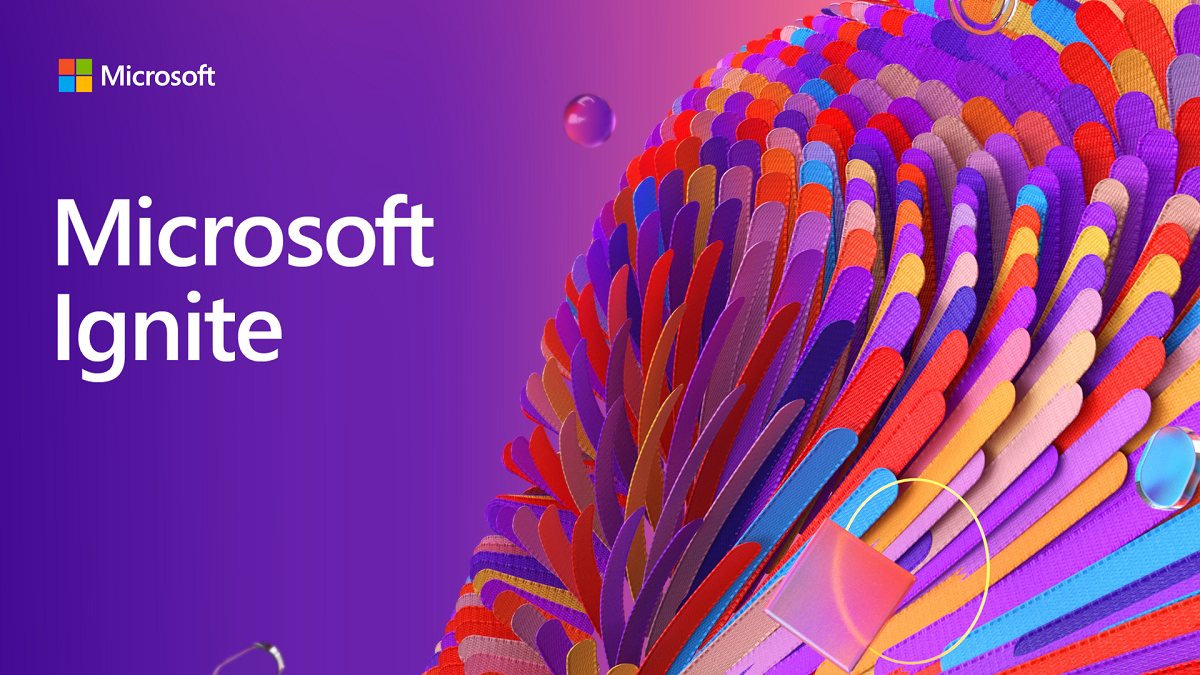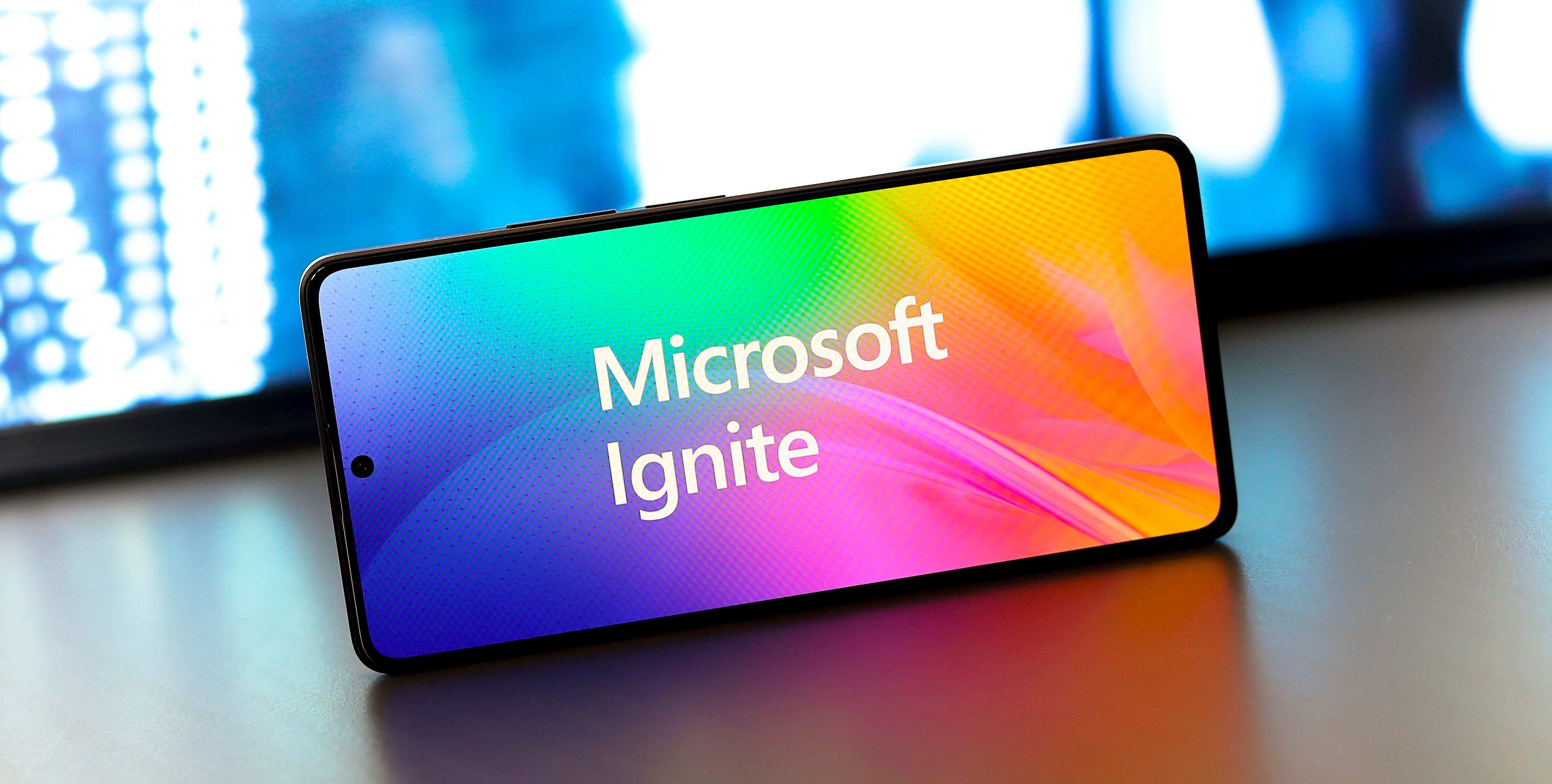Tech Highlights to Come in 2023
With 2022 having now wrapped up for good, it’s time to look ahead to the exciting events and releases to come in 2023. This week, we highlight some...
As 2021 rapidly comes to a close, we take a look back at what has been a challenging but innovative year for the tech industry. As the world becomes increasingly connected by the internet and modern tech, the demands placed upon the industry grow – a fact reflected in many exciting releases made by companies throughout the year.
With COVID-19 still a dominant presence in our lives, working practices have had to be continuously adapted to fit ever-changing workplace guidance. With an increased move to hybrid-working, businesses and employees have come to be more reliant than ever on the remote capabilities of modern technologies.
As highlighted by DOMO in their yearly ‘Tech Minute’ data roundup; 2021 saw 5.2 billion people using the internet. With such enormous digital consumption, the close of the year provides a great opportunity to assess the business and social developments of the year!
Many businesses have focused on upgrades and releases over the past year; arguably the biggest of which was the release of Windows 11 in early October. Windows 11 marked a major development for Microsoft, with Windows 10 having been the functional operating system since 2015.
Windows 11 was a thoroughly modern upgrade, with Microsoft describing it as being “designed to support today’s hybrid work environment and intended to be the most reliable, secure, connected, and performant Windows operating system ever”. It features a sleek aesthetic, optimised layout, and improved Teams functionality. Microsoft Teams has played a core role in business connectivity throughout 2021 – over the past year, 100,000 users were connected via Teams every minute. With remote working playing such an essential role in business strategy, it’s thanks to apps such as Teams that businesses were able to stay so well-connected!
However, Microsoft’s plans for development aren’t slowing up with Windows 11. At their annual Ignite conference, they laid out plans for further enhanced communication tools, revealing the soon-to-be-released ‘Mesh’ for Teams. Mesh allows employees to engage within pre-built immersive spaces, enabling businesses to connect their physical workplace to the developing metaverse. Microsoft is currently aiming to build an ‘enterprise metaverse’, a shared, immersive online world for business – a move that provides new and exciting opportunities for businesses to expand their digital reach.
Aside from new releases, 2021 has seen increasingly modernised IT working practices come into play. With cybersecurity being a major focus for many businesses, the usage of VPNs and MFA policy has increased exponentially. As modes of connectivity and authentication security continue to develop, it will be interesting to see how business cybersecurity adapts in 2022.
Typically, it’s easiest to gauge the development of technology from the changes seen within social media. With so many people now online, social media provides an excellent example of the changing ways in which we digest digital communication and technologies. Whilst social media was designed for social enjoyment, it now forms a key pillar of business strategy, and provides great opportunities for business growth.
An exciting major development came from Facebook, who announced their rebrand as ‘Meta’. Much like Microsoft, Facebook are intending to expand into the Metaverse, providing new ways for people to connect online in immersive spaces.
Another major release was the rollout of 5G capable devices; the wireless 5G network has been heralded for its super-fast connectivity, ultra-low latency, and increased reliability. The introduction of 5G compatible devices will be great news for consumers, as it will enhance their social media experience. However, it’s also great news for businesses on two fronts; the 5G network will improve connectivity and capability for enterprises, but it will also provide new opportunities in the market for tech firms – and a host of 5G focussed businesses are already coming into existence.
As businesses utilise specific online social platforms to generate leads and interact with clients, the ‘Tech Minute’ statistics provided by DOMO are impressive:
With the increased capabilities provided by social media enterprises and complimentary technologies, it would be advisable for businesses to fully utilise the power of social media in their future strategy!
So, what does the future hold? It’s impossible to predict the exact trajectory of tech over the coming years and decades, but it’s possible to get a good idea of the scope and scale of coming advancements.
In 2020 the internet played host to 4.5 billion users, in 2021 this rose to a staggering 5.2 billion users – meaning an increase of 950 internet users every single minute. With such continued growth, digital services are going to have to adapt fast to accommodate an abundance of newly connected users. And as highlighted, providers such as Facebook and Microsoft are anticipating the change – as evidenced by their move towards the ‘Metaverse’.
With the rapid changes seen within the tech sector, businesses need to update their digital strategy and stay abreast of major industry developments. If you wish to modernise your digital strategy with the times, speak to one of our IT experts today.

With 2022 having now wrapped up for good, it’s time to look ahead to the exciting events and releases to come in 2023. This week, we highlight some...

Every year businesses eagerly anticipate the Microsoft Ignite conference, and the application and software development announcements that accompany...
 Read More
Read More